How Do Plants Make Their Food - 2 Class 6 Worksheet Science
Q1: Fill in the blanks.
(i) Photosynthesis is the process in which a plant makes _________ with the help of _________ from the soil and __________________ from the air.
Ans: food, water, carbon dioxide
Photosynthesis is a crucial process for plants. They use sunlight to convert water and carbon dioxide into glucose (a type of sugar), which serves as their food. The energy from sunlight is absorbed by a green pigment called chlorophyll, which is present in plant leaves. This process takes place in the presence of sunlight.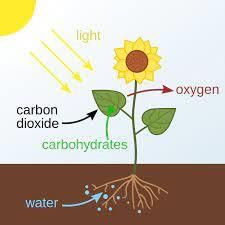
(ii) The gas _________ is given out during this process, which we use for breathing.
Ans: oxygen
While plants are performing photosynthesis, they release oxygen as a byproduct. This oxygen is released into the atmosphere, and it's the same oxygen that humans and animals need for breathing. So, plants not only produce their food through photosynthesis but also provide us with the oxygen we need to survive. It's a critical part of the Earth's oxygen cycle.
Q2: Match the Column.
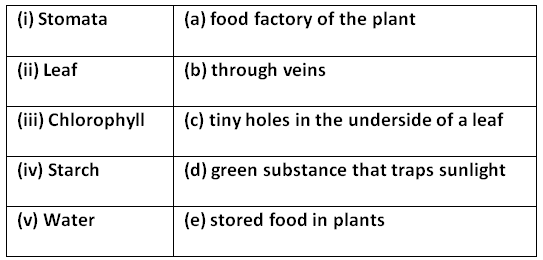 Ans:
Ans:
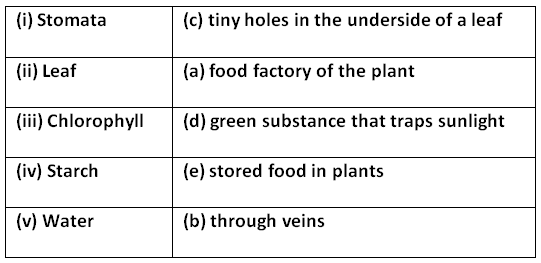
Q3: True or False.
(i) Plants make their food through a process called photosynthesis.
Ans: True
Photosynthesis is the process by which green plants, algae, and some bacteria convert carbon dioxide and water into glucose (a type of sugar) and oxygen using sunlight and chlorophyll.
(ii) Photosynthesis occurs only during the daytime.
Ans: True
Photosynthesis requires sunlight, so it mainly occurs during the daytime when sunlight is available.
(iii) Chlorophyll is a green pigment found in plant cells that helps in photosynthesis.
Ans: True
Chlorophyll is a green pigment present in chloroplasts of plant cells. It traps light energy from the sun, which is essential for photosynthesis.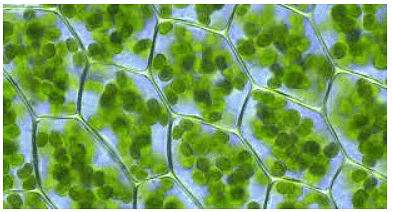
(iv) The primary raw materials for photosynthesis are carbon dioxide and water.
Ans: True
The primary raw materials for photosynthesis are carbon dioxide (CO2) and water (H2O). These are used to produce glucose and oxygen during the process.
(v) Photosynthesis releases oxygen as a byproduct.
Ans: True
Oxygen is released as a byproduct of photosynthesis, which is released into the atmosphere and is crucial for supporting life on Earth.
(vi) Photosynthesis is an exothermic reaction, meaning it releases heat energy.
Ans: True
Photosynthesis is an exothermic reaction because it releases energy in the form of glucose and oxygen. It is the opposite of an endothermic reaction that absorbs energy.
(vii) The main purpose of photosynthesis is to produce glucose, a type of sugar.
Ans: True
The main purpose of photosynthesis is to produce glucose, a type of sugar. Glucose is used as an energy source by the plant and is also stored as starch.
(viii) Photosynthesis takes place in the roots of the plant.
Ans: False
Photosynthesis mainly occurs in the leaves of the plant, not in the roots. The leaves have chloroplasts containing chlorophyll, which is responsible for capturing light energy.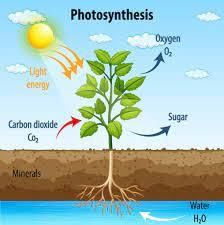
(ix) Sunlight is essential for the process of photosynthesis to occur.
Ans: True
Sunlight is a crucial factor for photosynthesis. Without sunlight, plants cannot carry out the process of photosynthesis.
(x) Photosynthesis is a physical change and not a chemical reaction.
Ans: False
Photosynthesis is a chemical reaction that involves the conversion of carbon dioxide and water into glucose and oxygen. It is not merely a physical change.
Q4: Answer the following questions.
(i) Why are leaves green in color?
Ans: Leaves are green in color because they have chlorophyll.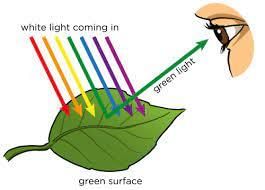
(ii) Why is sunlight so important for a plant to make its food?
Ans: Sunlight is important because they provide the energy needed for a plant to make its food.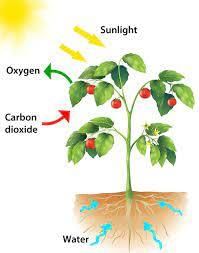
(iii) Without chlorophyll food cannot be made. Why?
Ans: Without chlorophyll food cannot be made because chlorophyll traps the sunlight.
(iv) Where do plants store their extra food?
Ans: Plants store their extra food as starch in roots, stems, leaves, fruits and seeds.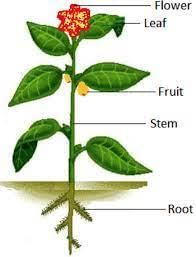
(v) How is the food prepared by plants used?
Ans: The food prepared by plants is used for growth; making flowers, fruits and seeds; repairing damage.
|
48 videos|156 docs|34 tests
|
FAQs on How Do Plants Make Their Food - 2 Class 6 Worksheet Science
| 1. How do plants get their energy? |  |
| 2. What are the main components required for photosynthesis in plants? |  |
| 3. Can plants make food without sunlight? |  |
| 4. How does chlorophyll help in the process of photosynthesis? |  |
| 5. What happens to the oxygen produced during photosynthesis? |  |





















